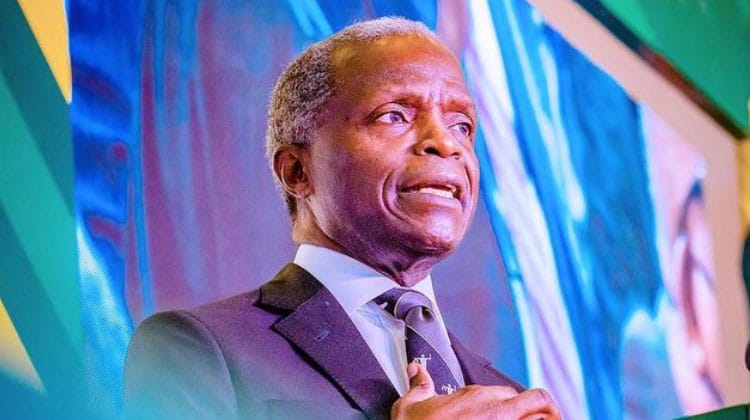The Australian government has announced a A$6.5 million trial of “age assurance” technology to restrict minors’ access to pornography. It’s part of a $1 billion package to address gendered violence. And it now comes alongside a proposal to ban people under 16 from social media. The government will consider various types of “age assurance” methods, such as matching drivers’ licences, credit cards or passports against government databases. It may also explore analysing biometric information (such as faces, fingerprints or voices), and profiling online behaviour (like username, browsing history and cookie data). Each has different privacy risks. While the government refers to these tools as “age assurance”, many of them are more accurately called “age estimation”. Published in Big Data and Society, our new study into one common facial age estimation tool shows such technologies are unreliable, and have a racial and gender bias. They are also undesirable – they make pornography a political scapegoat for gendered violence and divert resources from evidence-based strategies that can actually help. Framing pornography as the problem The link between pornography and sexual violence is tenuous. In part, this is because existing research often conflates kink with violence and assumes porn causes misogyny. Pornography is not a homogeneous category. It includes horror, comedy, romance and documentary, and porn creators are highly diverse. Sexually explicit media can play a role in affirming bodies and desires of people excluded from mainstream media. Despite this, various narratives are used to justify the increasing regulation of pornography. This includes construing porn as a public health crisis. The idea of “porn addiction” has also been shown to lack methodological rigour. The idea to “face scan people watching porn” was first raised by then-Minister for Home Affairs Peter Dutton in 2019, the same year the government tried to introduce a national facial recognition scheme to match people’s identities across government agencies. Furthermore, research into pornography consumption shows that young adults are media literate, critical consumers. Pornography can be a source of arousal, laughter, bonding or stress relief. The technical limits of age estimation Civil society groups have cited privacy and feasibility concerns about age estimation tech. These include: accessibility issues for people without identity documents the potential burden on small, low-income websites queries about what data could be collected, sold or exploited and the likelihood of circumvention. In the eSafety Commission’s own research, young people “expressed their right to safe, autonomous sexual development and exploration”. They were concerned age assurance is of limited efficacy, and comes with privacy and security issues. Age estimation software that uses facial recognition relies on stereotypical indicators of age, such as hair, wrinkles and jawlines. These are highly variable – for example, wrinkles can be altered by cosmetics or injectables. Studies also indicate that facial recognition software often has a significant racial and gender bias. In our research, our colleague Abdul Obeid used a neural network to analyse a data set of 10,139 images. He found the model was most accurate in estimating age in the “Caucasian” category and least accurate in the “African” category. Boys were more likely to be misclassified than girls, especially in the 0–12 age bracket. People aged 26 and over were generally misclassified as younger, sometimes by as much as 40 years. Age estimation is already a fraught task when done by humans, who regularly misjudge age. It is no better when done by machines. Supporting healthy sexual development Overall, age-based restrictions on access are unlikely to stop people from viewing porn. Teenagers can easily avoid age verification and may even get around age checks using the dark web, putting them at greater risk of encountering child abuse images. Young people often think about harm very differently from their parents. Sometimes, blurry understandings of “harm” from the media and angry responses from parents bother young people more than the actual porn they encounter. The best approach to supporting healthy sexual development for young people is to “talk soon, talk often” with them about sex, especially if they can do so openly with trusted adults. Part of healthy sexual development is understanding how sexual representations are shaped through media and culture. Porn literacy – a subset of media literacy – is about reading porn well rather than taking an abstinence-based approach. Evidence-based alternatives Restricted-access approaches make a crude distinction between people over or under 18. But the various age groups under 18 have very different needs in relation to sex and relationships. Importantly, this includes 16- to 17-year-olds who can legally consent to sex. For pre-pubescents, the biggest risk factor involving pornography is when adults use these materials to commit sexual assault. This shows governments must invest in community-led prevention and frontline services. Meanwhile, post-pubescents need comprehensive sex and relationship education appropriate for their development. Its focus should be on providing the information they actually want, including about consent, communication, gender diversity, non-monogamy, sexual experimentation and sexual autonomy. Instead of barring under-18s from all porn, a more impactful approach would be to facilitate access to diverse sexual representations. This includes measures such as preventing media monopolies from dominating the pornography market and supporting worker-owned platform cooperatives to flourish. It includes ending financial discrimination against sex workers and decriminalising porn production. Importantly, addressing gendered violence requires actioning the recommendations of First Nations women, who remain the most affected by family, police and carceral violence. Age estimation for pornography access is not an easy fix for gendered violence. It will not support young people to contextualise the sexual media they come across. It will not address structural factors behind gendered homicide and sexual violence, including racism and misogyny. In reality, it will only introduce more problems, and at great cost – political and financial.
Subscribe
Login
0 Comments


